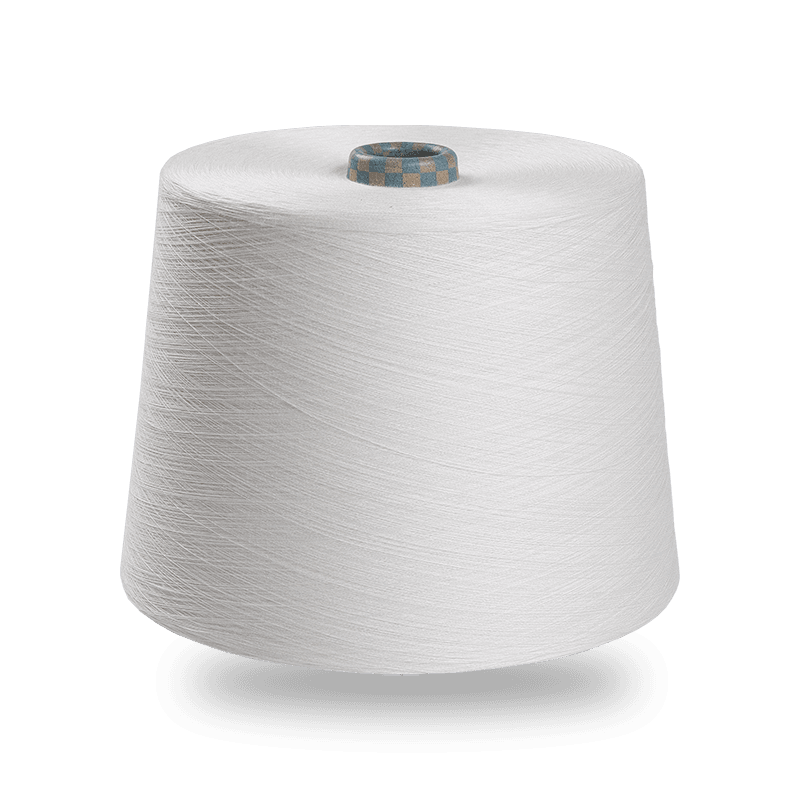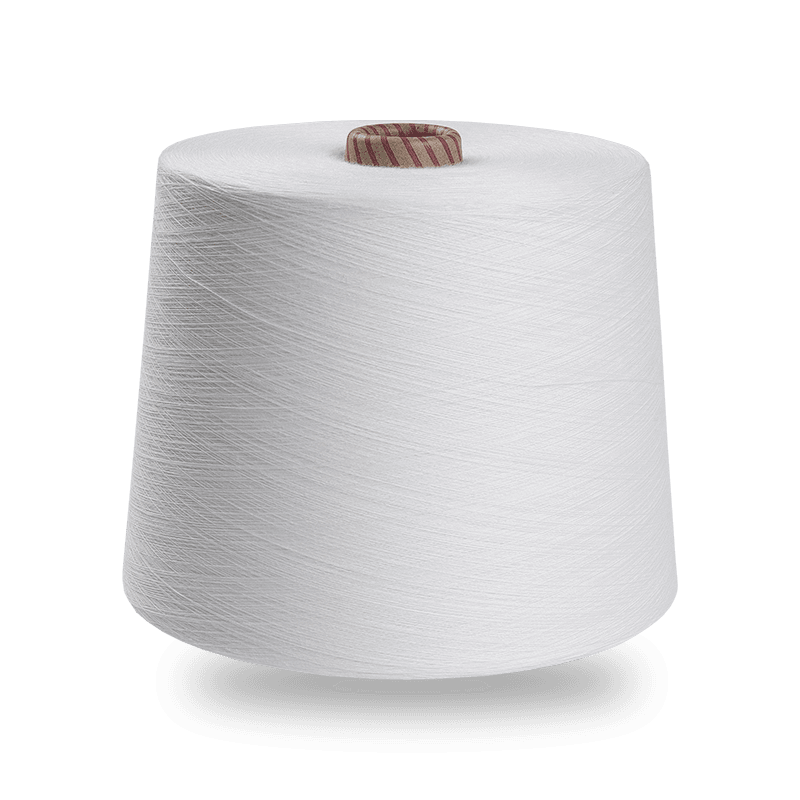In 1927, the largest chemical industry company in the United States decided to pay $250,000 a year for research expenses and began to hire chemical researchers.
In 1928, the company established the Institute of Basic Chemistry, and Dr. Carothers, who was only 32 years old, was hired as the head of the institute. He is mainly engaged in the research of polymerization reactions. He first studied the polycondensation reaction of bifunctional molecules, through the esterification condensation of diols and dicarboxylic acids, to synthesize long-chain polyesters with high molecular weight. In less than two years, Carothers has made important progress in the preparation of linear polymers, especially polyester. Polymers with a mass higher than 10,000 are called Superpolymers.
In 1930, Carothers’ assistants discovered that the high polyester produced by the polycondensation reaction of glycol and dicarboxylic acid, its melt can be drawn out like viscose candy, and this fibrous filament is even It can continue to stretch after cooling, and the stretched length can reach several times the original length. After cooling and stretching, the strength, elasticity, transparency and gloss of the fiber are greatly increased.
The peculiar nature of this polyester made them foresee that it may have significant commercial value, and it is possible to spin fibers from molten polymers. However, continued research has shown that obtaining fibers from polyester has only theoretical significance. Because high polyester melts below 100 ℃, it is especially soluble in various organic solvents, but it is slightly stable in water, so it is not suitable for textiles.
Carothers then conducted in-depth research on a series of polyester and polyamide compounds. After many comparisons, he selected polyamide 66, which he synthesized from hexamethylene diamine and adipic acid for the first time on February 28, 1935 (the first 6 represents the number of carbon atoms in the diamine, and the second 6 represents the diacid Number of carbon atoms). This polyamide is insoluble in common solvents and has a melting point of 263 ℃, which is higher than the usual ironing temperature. The drawn fiber has the appearance and luster of silk, and its structure and properties are also close to natural silk. Its abrasion resistance and strength More than any kind of fiber at the time. Considering its properties and manufacturing costs, it is the best choice among known polyamides. Then, the problem of industrial sources of raw materials for the production of polyamide 66 was solved.
On October 27, 1938, it was officially announced that the world's first synthetic fiber was born, and the synthetic fiber of polyamide 66 was named Nylon. Nylon later became "the general term for all polyamides synthesized from coal, air, water or other substances, which have abrasion resistance and flexibility, and have a protein-like chemical structure" in English.
After industrialization in 1939, it was named Nylon, which was the first synthetic fiber variety to be industrialized.
The synthesis of nylon laid the foundation of the synthetic fiber industry, and the appearance of nylon gave a new look to textiles. Nylon stockings woven with this fiber are both transparent and durable than stockings.
On October 24, 1939, the public sale of nylon stockings caused a sensation, and they were regarded as rare items and rushed to buy them. Many women at the bottom have no choice but to draw lines on their legs with a pen because they cannot buy stockings, pretending to be stockings. People used the words "as thin as spider silk, as strong as steel wire, and as beautiful as spun silk" to praise this fiber. By May 1940, nylon fiber fabrics were sold all over the United States.
From the outbreak of World War II until 1945, the nylon industry was shifted to parachutes, aircraft tire cord fabrics, military uniforms and other military products. Due to the characteristics and wide range of uses of nylon, it developed very rapidly after the Second World War. Various products of nylon, from stockings, clothes to carpets, ropes, fishing nets, etc., appeared in countless ways. Nylon is one of the three major synthetic fibers.
In April 1958, the first batch of Chinese-made caprolactam test samples was finally successfully trial-produced at the Jinxi (now Huludao, Liaoning Province) chemical plant in Liaoning Province. The product was sent to the Beijing Fiber Factory for a successful spinning process, which opened the prelude to China's synthetic fiber industry. Because it was born in the Jinxi (now Huludao, Liaoning Province) chemical plant, this synthetic fiber was later named "Nylon", or nylon. Since nylon had an important national defense and military use in the early days of the founding of the People's Republic of China, which was poor and white at the time, the significance of the birth of nylon is self-evident.
Nylon fiber is the raw material for many kinds of man-made fibers. Hard nylon is used in the construction industry. Hot air balloons made of nylon can be made very large.


 English
English 中文简体
中文简体 Español
Español عربى
عربى











